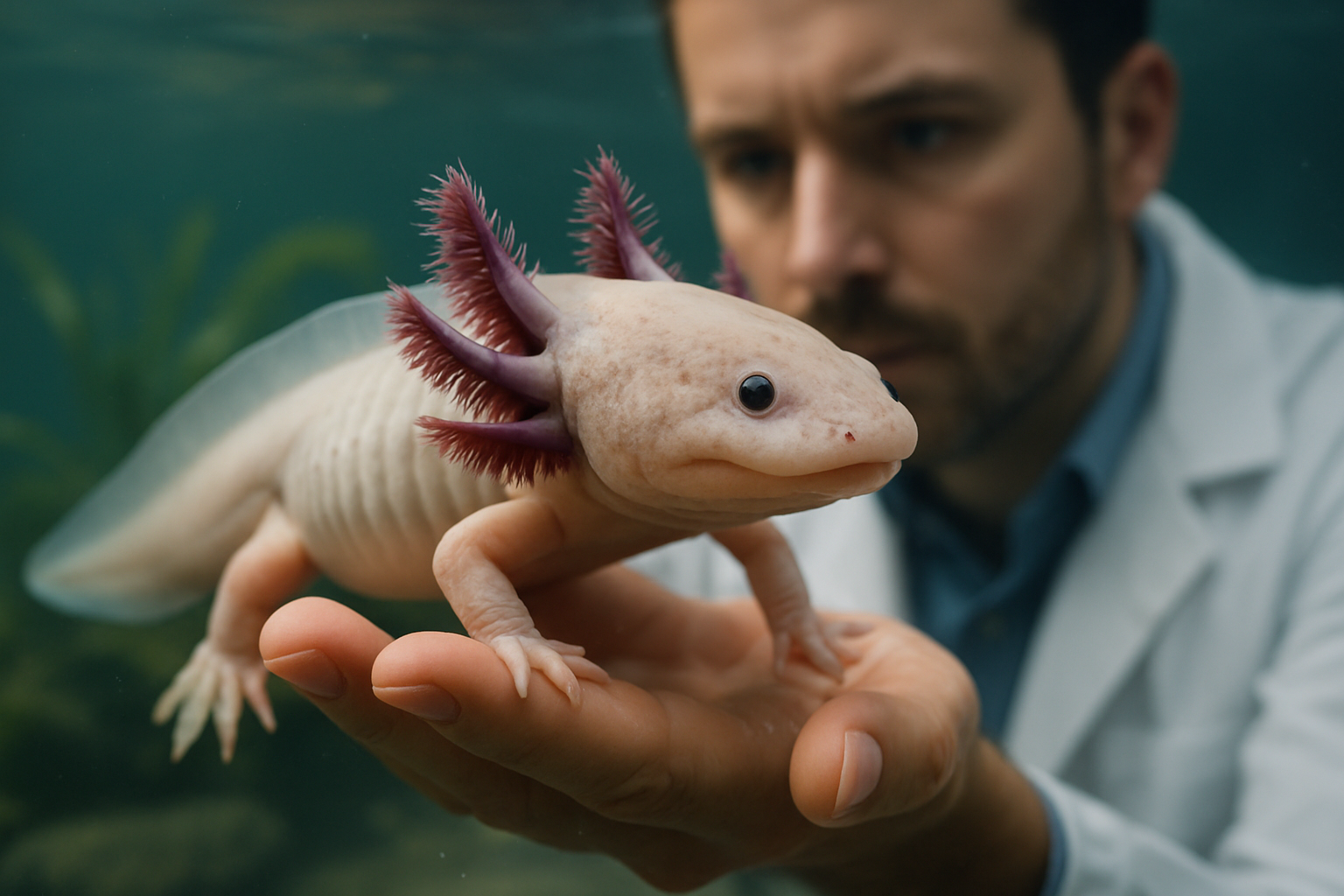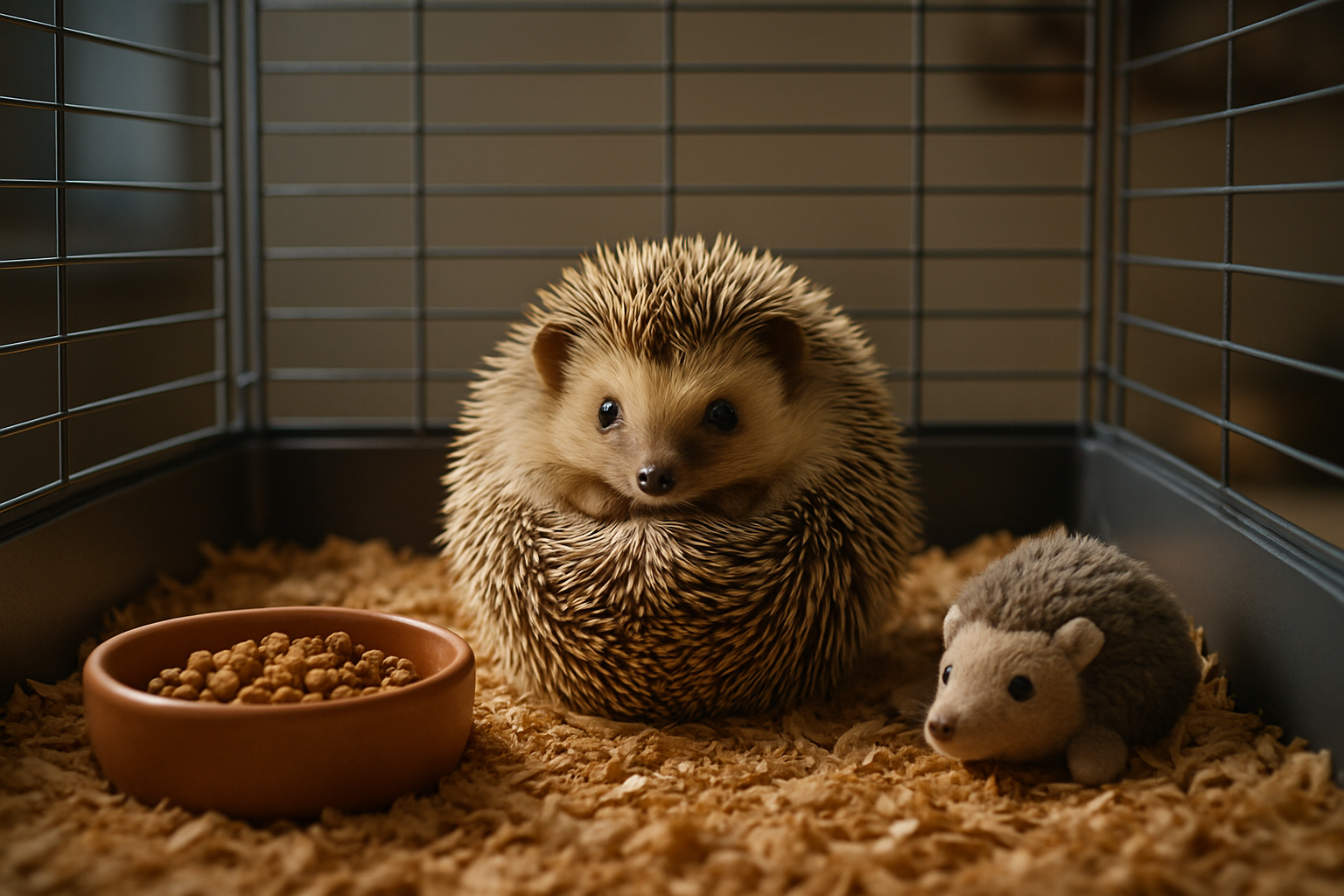The Enigmatic World of Axolotl Regeneration
Nestled in the freshwater canals of Mexico City, a peculiar amphibian has captured the imagination of scientists and animal enthusiasts alike. The axolotl, with its adorable smile and feathery gills, possesses an extraordinary ability that sets it apart from most other creatures on Earth: the power to regenerate entire body parts, including vital organs. This remarkable trait has propelled the axolotl into the spotlight of regenerative medicine research, offering potential breakthroughs in human healing.

What truly sets the axolotl apart is its unparalleled regenerative capacity. These remarkable creatures can regrow lost limbs, organs, and even portions of their brain and heart. This process occurs without scarring, and the regenerated tissue is fully functional, indistinguishable from the original. Such regenerative prowess is unheard of in most vertebrates, making the axolotl a subject of intense scientific scrutiny.
The Science Behind the Magic
At the heart of the axolotl’s regenerative abilities lies a complex interplay of cellular and molecular mechanisms. When an axolotl loses a limb, a mass of cells called a blastema forms at the site of injury. This blastema contains dedifferentiated cells – mature cells that have reverted to a stem cell-like state. These cells then proliferate and redifferentiate, forming the various tissues needed to rebuild the lost limb.
Key to this process are specific genes and signaling pathways that orchestrate the regeneration. Scientists have identified several crucial factors, including fibroblast growth factors (FGFs) and Wnt proteins, which play pivotal roles in initiating and guiding the regenerative process. Understanding these mechanisms could potentially unlock new avenues for regenerative therapies in humans.
From Axolotls to Human Medicine
The implications of axolotl regeneration research extend far beyond the realm of amphibian biology. Scientists are exploring ways to translate these findings into practical applications for human medicine. The potential to regenerate damaged organs or limbs could revolutionize treatments for a wide range of conditions, from heart disease to spinal cord injuries.
One area of particular interest is neuroregeneration. Axolotls can regenerate parts of their brain and spinal cord, a feat that mammals, including humans, cannot achieve. By studying the molecular pathways involved in axolotl brain regeneration, researchers hope to develop new therapies for neurodegenerative diseases and brain injuries.
Conservation Challenges and Captive Breeding
Despite their biological significance, wild axolotls face a precarious future. Their natural habitat in the canals of Xochimilco, Mexico, has been severely degraded due to urbanization, pollution, and the introduction of invasive species. As a result, wild axolotl populations have plummeted, with some estimates suggesting fewer than 1,000 individuals remain in their natural environment.
Conservation efforts are underway to protect the remaining wild axolotls and their habitat. Simultaneously, captive breeding programs have been established to maintain genetic diversity and potentially reintroduce axolotls to restored habitats. These programs have also made axolotls increasingly popular as pets, with prices ranging from $20 to $100 for common morphs, and upwards of $1,000 for rare color variants.
The Future of Axolotl Research
As our understanding of axolotl regeneration deepens, new questions and possibilities continue to emerge. Recent advancements in gene editing technologies, such as CRISPR-Cas9, have opened up new avenues for investigating the genetic basis of regeneration. By selectively modifying genes involved in the regenerative process, researchers can gain unprecedented insights into the mechanisms underlying this remarkable ability.
Furthermore, the development of axolotl-derived cell lines and organoids offers exciting prospects for drug screening and personalized medicine. These in vitro models could provide a more accurate representation of human tissue responses, potentially accelerating the development of regenerative therapies.
As we continue to unravel the secrets of axolotl regeneration, we edge closer to a future where lost limbs and damaged organs could be regrown rather than replaced. The humble axolotl, with its perpetual smile and extraordinary abilities, may hold the key to unlocking the regenerative potential within us all.





